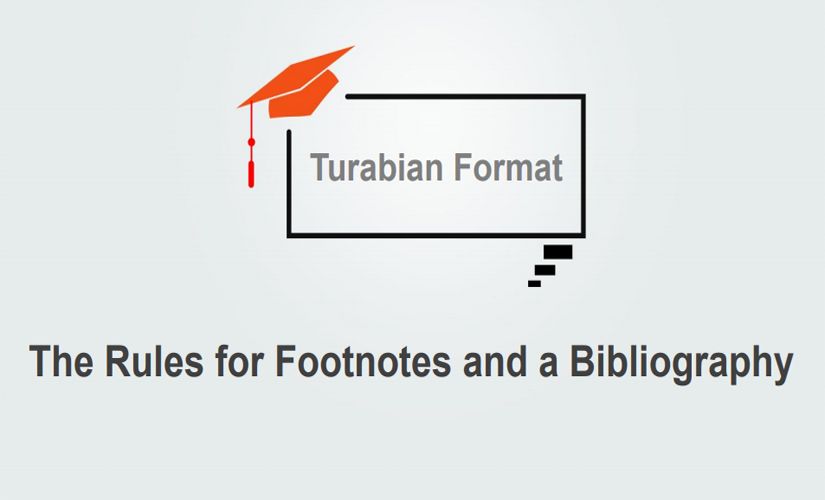Kate Turabian developed referencing rules that simplified the Chicago style for college students. In turn, the Turabian format is useful in preparing academic papers in History and Music. Also, Turabian formatting rules help students to keep track of specific bibliographic details that determine the credibility of a source. However, the Turabian format requires academic papers to have in-text citations in the form of footnotes and a corresponding bibliography.
Turabian Style Footnotes
If students and other scholars use the Turabian format or Chicago style, they must organize footnotes as in-text citations with necessary bibliographic details. Basically, the Turabian citation must contain the name of the author. Along these lines, a student should use first-last-name order for the first footnote of every source. Besides, one should use the author’s surname when making the second and subsequent in-text citations. In turn, good footnotes should have details identifying a source. For example, one must include the title, producer of the source, and year and date of publication. The details identifying the publisher, year, and city should appear in brackets. As a rule, every note should contain pagination. In this case, a footnote should have an accurate page number containing quoted information. Thus, academic works prepared in the Turabian format have footnotes with sufficient details to identify a source and the location of cited information.

Other Features
The Turabian format supports the use of superscripts that correspond to footnotes for internal citations and consistent spacing. For instance, students should use a superscript to acknowledge quoted or paraphrased information inside a document. Along these lines, one must number every in-text citation consecutively using a single-digit per note. Besides, a student must put the number after the quotation marks of a period. In turn, footnotes should have consistent spacing. Along these lines, people should list footnotes using single spacing. Besides, they must leave additional space between notes. Thus, the Turabian style relies on superscripts for in-text citations and notes with consistent spacing.
Bibliography in the Turabian Format
The Turabian format forces students to have a bibliography with all sources used in in-text citations by following consistent spacing. As a rule, the bibliography must follow a specific order. Along these lines, a student must list sources in alphabetical order. In turn, the author’s last name determines the alphabetical order of sources. Also, the bibliography list should have consistent indentations and spacing. Then, all source entries should have a hanging indentation. In this case, the first line of a bibliographic entry should start at the left margin. Second and subsequent lines ought to begin at a half an inch from the edge of the page. Like footnotes, the bibliography list should appear in single spaces. However, one must leave a space between bibliographic entries. Thus, a bibliography in the Turabian format should have all sources and in hanging indentation.
Conclusion on the Turabian Format
In conclusion, the Turabian format is a simplified form of the Chicago manual of style. Basically, the format requires students to use notes for in-text citations. Then, superscripts should appear at the end of quoted or paraphrased information. Also, footnotes must have necessary bibliographic details of a source and the precise page containing the cited evidence. In turn, every footnote should correspond to a single superscript. Finally, a bibliography should include a list of all sources used in in-text citations, arranged in alphabetical order. Hence, students must format both footnotes and bibliographic entries in single spaces. However, they should leave a space between entries.


